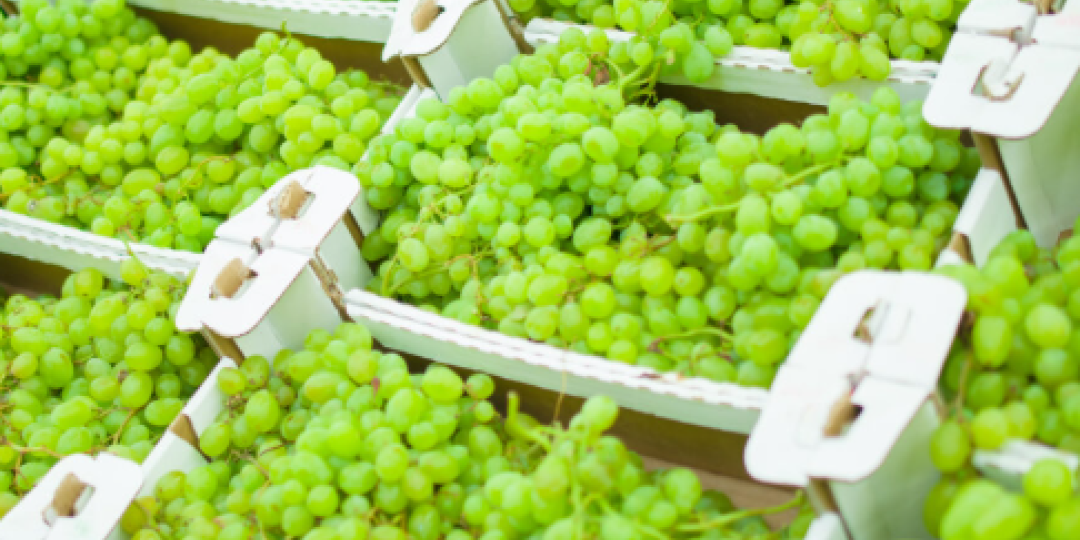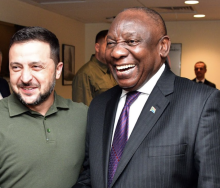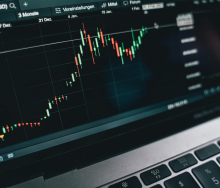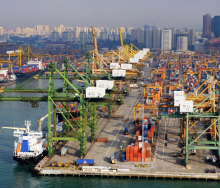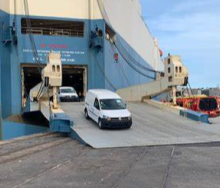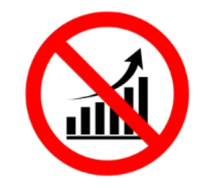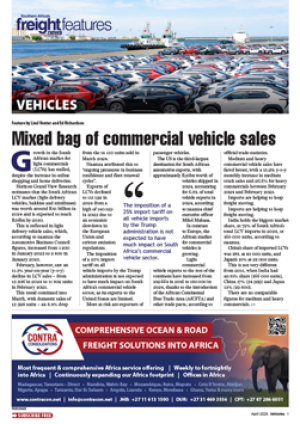The South African table grape industry is demonstrating unprecedented foresight, aided by a prescriptive shipping model that allows it to project and optimise logistics solutions up to eight weeks in advance.
Despite a slightly delayed start to the 2024/25 season, mid- and late-season grape varieties are expected to adhere to their typical schedules, with a forecast 76.4 million 4.5kg cartons anticipated for export inspection by the season’s end.
By the second week of the campaign, approximately one-third of the season’s volume had already been shipped, totalling nearly 25m cartons (4.5kg each), with no major disruptions reported.
However, producers have been urged to stay proactive and ready to address potential challenges as the season progresses.
“Due to the slightly later start of the season, one of the challenges that could potentially arise over the next few weeks is a bottleneck as volumes peak, with some production regions also noting some middle to late varieties ripening quicker than usual,” said Mecia Petersen, CEO of the South African Table Grape Industry (Sati).
To mitigate such risks, the organisation, which represents 502 domestic production units, has implemented a logistics model designed to offer recommendations on optimal routes to market and efficient resource allocation in the event of bottlenecks. Petersen noted that the industry was far better positioned now than in previous years, thanks to this advanced system.
The model was developed by Transnova Africa, an independent consultancy, under commission from Sati.
Now in its second phase, the model is updated biweekly to generate scenario-based insights.
“The results can be used as a tool to assist on-farm and commercial decision-making with the aim of optimising logistical solutions and reducing costs,” explained Jacques Ferreira, Sati’s manager of commercial industry affairs.
He added that the model could even propose alternative market routes in the event of disruptions such as weather-related port closures.
The development of the model has been a consultative process involving various stakeholders, including freight forwarders, government representatives, producers and other industry bodies.
“Our objective is to provide the most updated information on which commercial decisions can be based,” Ferreira said
Petersen also highlighted the positive developments within South Africa’s transport infrastructure leadership.
She said she was encouraged by the work Michelle Phillips was doing in her position as CEO of Transnet, as well as transport minister Barbara Creecy.
“The minister and the new leadership at Transnet have been very open to engagement with the industry,” Petersen said.
She believes the commercial backgrounds of the Transnet Board’s chairperson and Phillips benefit the industry.
Maintaining the premium reputation of South African grapes in key export markets and enhancing the country’s brand remain Sati’s priorities.
“Getting grapes to market quicker and in optimal condition is crucial. Another focus is to critically evaluate market potential,” Petersen said.
The UK and EU continue to dominate as South Africa’s primary destinations, accounting for nearly 80% of the industry’s export volumes. However, Sati is equally intent on expanding into other markets. South Africa has access to 16 of the world’s top 20 grape-importing nations, with negotiations for entry into the Philippines at an advanced stage.
In China, a targeted trade promotion campaign ran for four consecutive seasons, yielding positive feedback.
“Importers and customers were impressed with the quality and taste of the fruit,” Petersen said. However, factors such as increased domestic production and economic pressures have slowed export growth to the Chinese market. Last year, the promotional efforts expanded to Vietnam, identified as a promising market due to its youthful population and growing exposure to Western foods.
“Vietnam is getting a lot of focus,” Petersen said.
“It’s been called the rising star in Southeast Asia, thanks to its population size, age profile and the rise of technology in its retail spaces.”
The United States and Canada are also on Sati’s radar. Ferreira remarked on gradual growth in exports to the US, where South Africa currently holds an 8% market share.
“There are windows in the US market between supply from Peru and Chile, and that’s where we fit in,” Petersen explained.
“We’re capitalising on these opportunities and working to increase consumer awareness of the quality we can provide.”
Trade with the Middle East and Africa is also seeing modest growth, accounting for 5% and below 5% of volumes, respectively.
Sustainability remains a cornerstone of the industry’s long-term vision. Petersen stressed the importance of staying aligned with trends in major markets, including the potential implications of the EU Green Deal.
“It’s important that we see ourselves as an industry rather than as individual entities. We’re in a good place in terms of that.”
